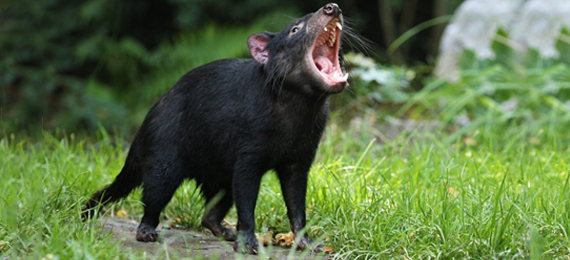
The world is full of animals, including herbivores, carnivores, and omnivores. There are various animals on land called mammals, and most of them are marsupials. Marsupials are referred to as mammals with pouches like kangaroos, koalas, and Tasmania devils.
Some of the animals are referred to as endangered species. Do you know what an endangered species is? Endangered species refer to a group of classes of continually hunted animals in danger of becoming extinct. In that case, Tasmanian devils are one of the most endangered species.
About the Tasmanian Devil
On what continent are Tasmanian devils endemic?
- A. Australia
- B. Asia
- C. Africa
- D. North America
The Tasmanian devil (Sarcophilus harrisii) is the world’s largest raccoon-sized carnivorous marsupial, discovered in Tasmania (Australian Island State). Its unique parts are its stocky critter with its black fur, distinctive white markings, offensive odor, piercing shriek, and exceptional olfactory senses. It has a huge head and neck; it scavenges corpses and seeks prey. They especially prefer to live alone but gather occasionally in a group to eat and urinate. The devil is always active without being too hot due to thermoregulation.
This ample species is now listed as endangered, mainly due to a blend of various aspects that have ruined its population over the years.
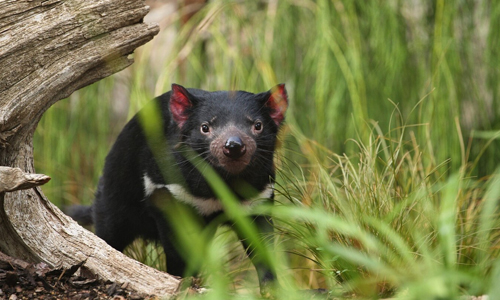
Why is the Tasmanian Devil Endangered?
Devil Facial Tumor Disease (DFTD)
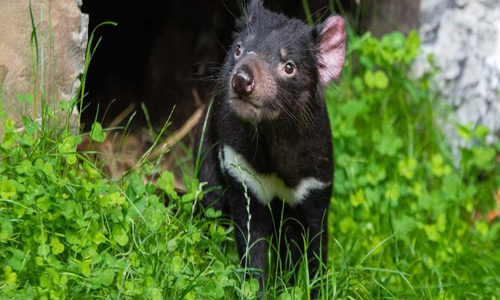
The major factor leading to the downfall of the Tasmanian devil population is the destructing Devil Facial Tumor Disease. Since its discovery in the mid-1990s, this infectious cancer disease has been spreading rapidly throughout the population of the devil. Devil Facial Tumor Disease causes large facial tumors that make it difficult for the devils to eat, leading to hunger and ultimately death. It has resulted in a major reduction in devil numbers, with some estimations suggesting a decline of over 80% in particular areas.
Habitat Loss and Fragmentation
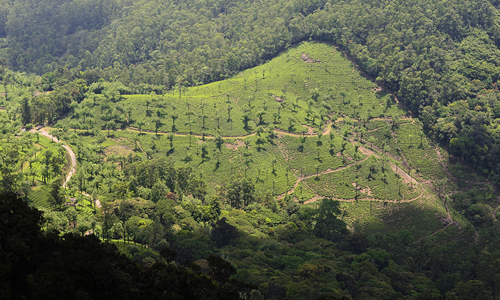
Another crucial factor endangering the Tasmanian devil’s survival is habitat loss and fragmentation. The natural habitat of the devil is being destroyed, leaving them with limited resources and forcing the devils into isolated areas due to deforestation, urbanization, and agricultural practices. It decreases the genetic diversity and improves the risk of inbreeding, further endangering the species.
Roadkill and Predation
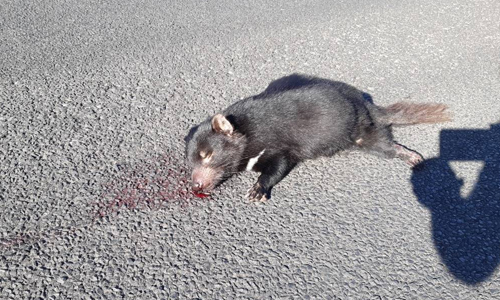
Roadkill incidents are also one of the reasons for the devil’s population. Due to the expansion of roads and highways, devils often fall victim to vehicle collisions that result in death. Moreover, increased predation from species such as foxes and feral cats has also impacted the survival of the devil.
Climate Change

The impacts of climate change are also playing a major role in the Tasmanian devil’s endangered status. The rise in temperatures, varied rainfall patterns, and increased frequency of severe weather conditions are becoming major challenges for the devil to adapt to and survive. Changes in climate can lead to insufficient food, breeding practices, and overall habitat suitability, also endangering their fragile population.
Conclusion
We came to the conclusion that the factors mentioned above are the reason for the Tasmanian devil to be considered an endangered species. To protect this unique and charismatic species from extinction, collaborative initiatives involving government agencies, conservation organizations, and the public should take necessary actions to secure the survival and long-term viability of the Tasmanian devil population.
https://www.triviasharp.com/extinction-of-speciesivory-billed-woodpecker-declared-extinct/